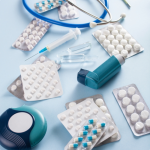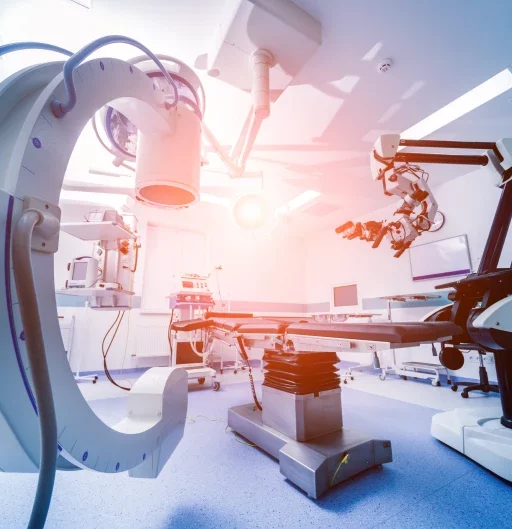Table of contents
Medical device certification in the European Union
Medical device certification in the European Union is essential for ensuring that products are safe and effective. Regulation (EU) 2017/745 on medical devices (MDR), which replaced the previous MDD 93/42/EEC directive, introduces stricter requirements for manufacturers, notified bodies, and other stakeholders. Below is a complete overview of the certification process under MDR 2017/745.
Overview of MDR 2017/745
MDR 2017/745 is a regulation of the European Parliament and the Council that came into force on May 26, 2017. Its goal is to ensure high standards of health and safety for patients and users, while harmonizing rules across EU member states for the placing of medical devices on the market.
Key Requirements of MDR 2017/745
The regulation outlines several core requirements, including proper classification of medical devices, conformity assessment procedures, role of notified bodies, preparation of technical documentation, post-market surveillance (PMS), and enhanced device identification and traceability via UDI (Unique Device Identification).
Medical Device Classification
Under MDR, devices are classified into four risk-based classes: I, IIa, IIb, and III. Class I devices (e.g., bandages) pose the lowest risk. Class IIa (e.g., hearing aids), IIb (e.g., dialysis machines), and III (e.g., implants, stents) represent increasing levels of risk. Classification affects the level of assessment and regulatory oversight required.
Conformity Assessment
The conformity assessment verifies whether the device meets applicable MDR requirements. For Class I devices, manufacturers may self-certify. For Class IIa, IIb, and III devices, a notified body must be involved. Class III and many Class IIb devices require rigorous clinical evaluations, documentation audits, and factory inspections.
Technical Documentation
Technical documentation must demonstrate conformity with MDR and include device description, intended use, risk analysis, clinical data, and production and quality control procedures. For example, implantable devices must include biocompatibility test results and clinical trial data.
Post-Market Surveillance (PMS)
Manufacturers are required to continuously monitor the performance of their devices post-market. PMS involves collecting data on safety and effectiveness, analyzing incidents, and implementing corrective actions when needed.
Device Identification and Traceability
Each device must carry a UDI, which supports full traceability across the supply chain and helps in product recalls or incident investigations. The UDI includes a unique device identifier, manufacturer details, and production batch or serial number.
Next, an on-site audit is conducted to verify quality system effectiveness and manufacturing compliance. Based on documentation and audit results, the notified body issues a certificate of conformity if all criteria are met. This certificate allows legal placement of the device on the EU market.




















